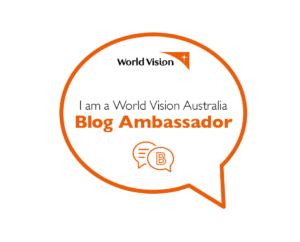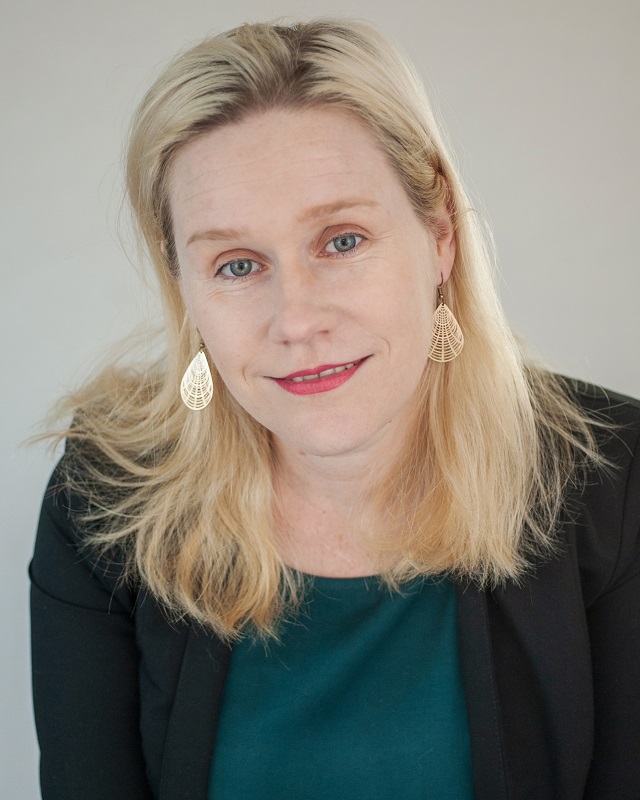Let me first declare that I’m new to writing erasure poetry. I have friends who do it – very well – and I’ve always wanted to give it a try. Well, last month I did, results below, but first let me explain a bit more about erasure poetry. Here’s a nice summary from Wikipedia:
Erasure is a form of found poetry or found art created by erasing words from an existing text in prose or verse and framing the result on the page as a poem. The results can be allowed to stand in situ or they can be arranged into lines and/or stanzas. Erasure is a way to give an existing piece of writing a new set of meanings, questions, or suggestions. It lessens the trace of authorship but requires purposeful decision making. What does one want done to the original text? Does a gesture celebrate, denigrate, subvert, or efface the source completely? One can erase intuitively by focusing on musical and thematic elements or systematically by following a specific process regardless of the outcome.
If you do a Google image search for erasure poetry, you’ll find some lovely images, decoratively and imaginatively executed. I’m nowhere near that point, so I thought I’d share my first steps… bumbling and amateurish as they (might) be.
two bitches in a car
a rebellious spitfire
did a little theatre
through a series of accidents
that were absolutely preposterous
her vision: two women
wounded and sardonic
raise a gun and pull the trigger
women were the best men for the job
you want the males to listen?
every man is damaged goods
dude, it’s two bitches in a car
why are they bitches?
because they have a voice

‘Thelma and Louise 20 years later’ by Sheila Weller
At this point, I will stress two important things.
1) Make sure you take notes about the original source
I took a photo – as you can see – of the article I drew the poem from, but since taking the shot the magazine has gone missing and the photo doesn’t have the author or title on it. Ugh! I remembered the magazine was Vanity Fair – but that was all. After some strategic Googling I came across the original article (see credit above), but I was lucky.
2) Does copyright play a factor when it comes to publication of erasure poems?
To be honest, I’ve rung around to a few arts organisations – including Australian Poetry and the Australian Society of Authors – to ask the above question and haven’t received any helpful advice (which is disappointing). It appears there’s a bit of a fuzzy question mark above the issue (if it’s raised at all…). I’m still waiting to hear back from the Australian Copyright Council to see if they can give a more definitive answer, so fingers crossed. Erasure poetry collections have been published, and I have heard that so long as the original source and author is credited then that is enough. Then again, I wonder, perhaps all it will take is for an author to object for things to unravel for the poet who used the original source.
Also, I think this highlights the point the Wikipedia quote raises as well – that the poet should write mindfully and with a specific artistic intent. Perhaps as far as publication goes, I would say. If you’re doing it privately as a way of ‘warming up’ your creative juices, then okay. This is why I’ve published the above poem here. What started as an exercise along the lines of what I just said, turned into something else by the end. Thelma and Louise is 20 years old, the insults to women remain the same, and stories like that still need telling.
Do you write erasure poetry? Or have had experience in writing it? Let me know – I’d love to hear your experience.


















